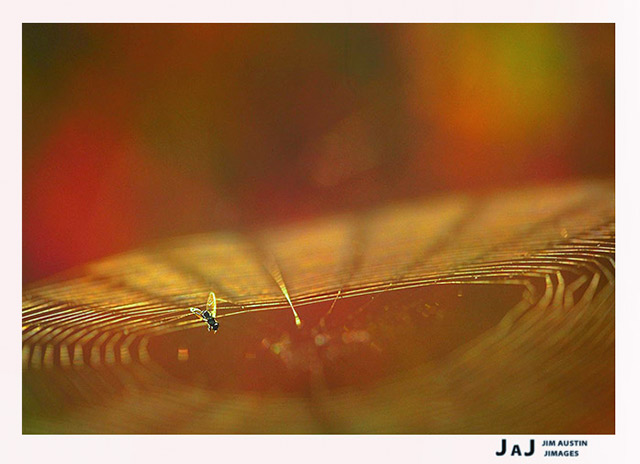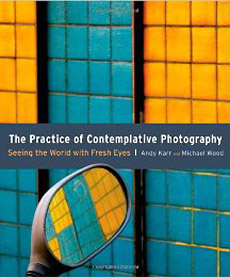
Bored? Stressed? Too much coffee?
Before going out to photograph, it’s good to ask how we’re feeling. I do not think as I photograph.
Because our minds are mirrored by our cameras, our feelings and judgments will distort clear information, just like a one-sided dangling conversation with someone on a cell phone call interrupts our clarity of thought.

See and Be in Harmony
Good photographs happen when my being joins my seeing. I’ve discovered that memorable moments happen when, loving photography, I set it free. Freeing my photographing from mind chatter is a way to be. It helps me see.
Slowing my pace, I ponder before and after I make photographs. “Thinking should be done beforehand and afterwards─-never while actually taking a photograph,” said Henri Cartier-Bresson.

What is a “good eye”? Miksang is a Tibetan word that means “堵ood eye”. Combine the art of contemplative photography with meditative practices and the Dharma Art teachings and one can develop an eye that is synchronized with the contemplative mind.
Simply put, it means awareness and carefully observing in an open space. We can develop our “good eyes” doing nature photography, portraiture, or landscapes. Outdoor, slow and contemplative photography lets us grow our vision, and heal our image fatigue. How so? Close observation of the natural world takes us out of ourselves and away from our screens.

Contemplative photography means letting go of judgments. Some judgments we make that interfere with our practice are:
“The light is bad, I can’t photograph.”
“It’s raining (snowing, foggy, etc.), I can’t photograph today.”
“That’s disgusting (ugly, gross, etc.), I can’t photograph THAT.”
We can grow our “good eye”! Learning to love bad light or carrying a waterproof or underwater camera when it rains, we can overcome our judgments. We can develop new skills. Learning them, and practicing close observation of nature, helps set our photography free of these judgmental thoughts.

Note from the Editor: If you find this subject of interest, there are articles, tutorials, videos, and courses around the subject of Miksang. It’s just a Google Search click away.
Apogee Photo Magazine reviewed an excellent book on the subject:
Text: A+
Layout: A+
Photography: A+
User: All Photographers and Non-photographers
(Review by M. Meier June 2011)
The Practice of Contemplative Photography
Seeing the World with Fresh Eyes
by Andy Karr and Michael Wood
This book takes a different approach to photography or maybe I should say a fresh, and exciting approach. You will learn to see as never before and with that seeing comes a new way of perceiving and visualizing the world and all that’s in it. And once you truly see, you’ll become inspired and once inspired, the clicking of the shutter button comes with ease. It follows in the path of the Buddhist principle of nonattachment. If you missed capturing a moment, there is nothing lost and nothing gained, but you still have the pure enjoyment of the moment. You’ll learn to seize each moment of seeing by connecting with careful observation. You’ll learn how to see the elements of design more clearly, so your images will also be fresh and clear. There are well thought out assignments that help you expand your thinking, your perception, your seeing, and your photography in a very visual world.
Paperback: 226
Publisher:
Order from Shambhala (April 12, 2011)
Language: English
ISBN-10:1590307798
ISBN-13:978-1590307793
Product Dimensions: 9.9 x 8.4 x 0.7 inches
by Jim Austin
All text and photos: © 2014 Jim Austin. All rights reserved.


Leave a Reply